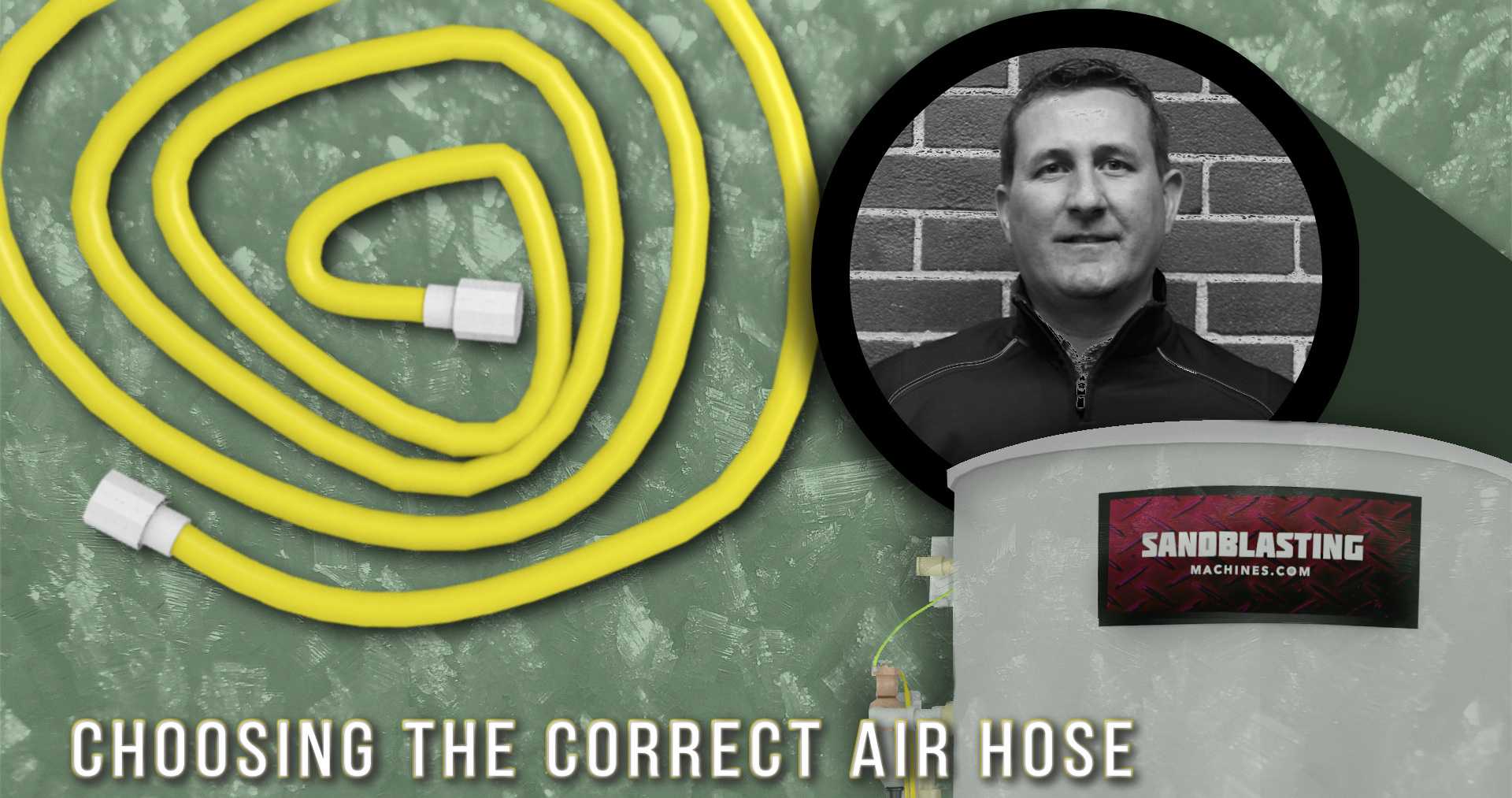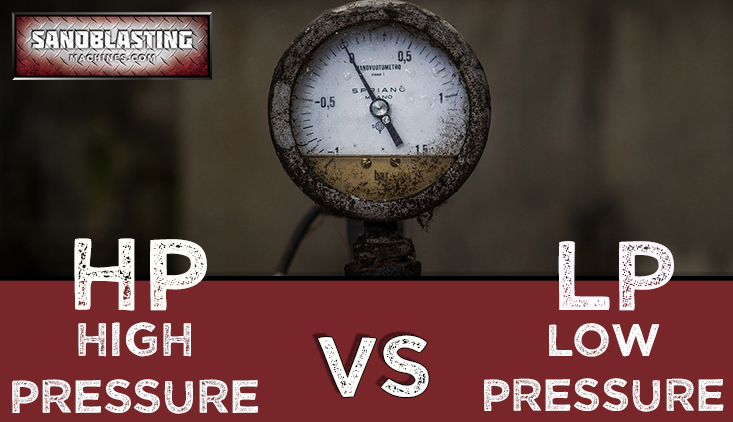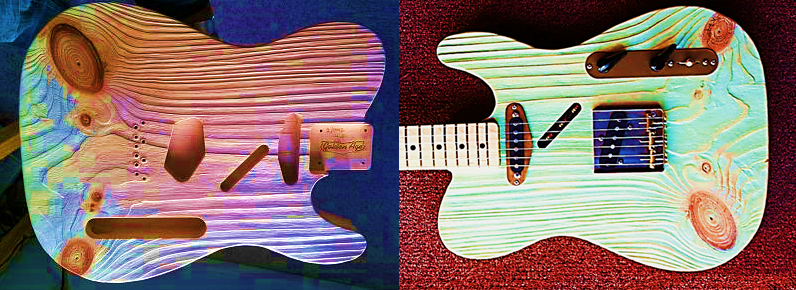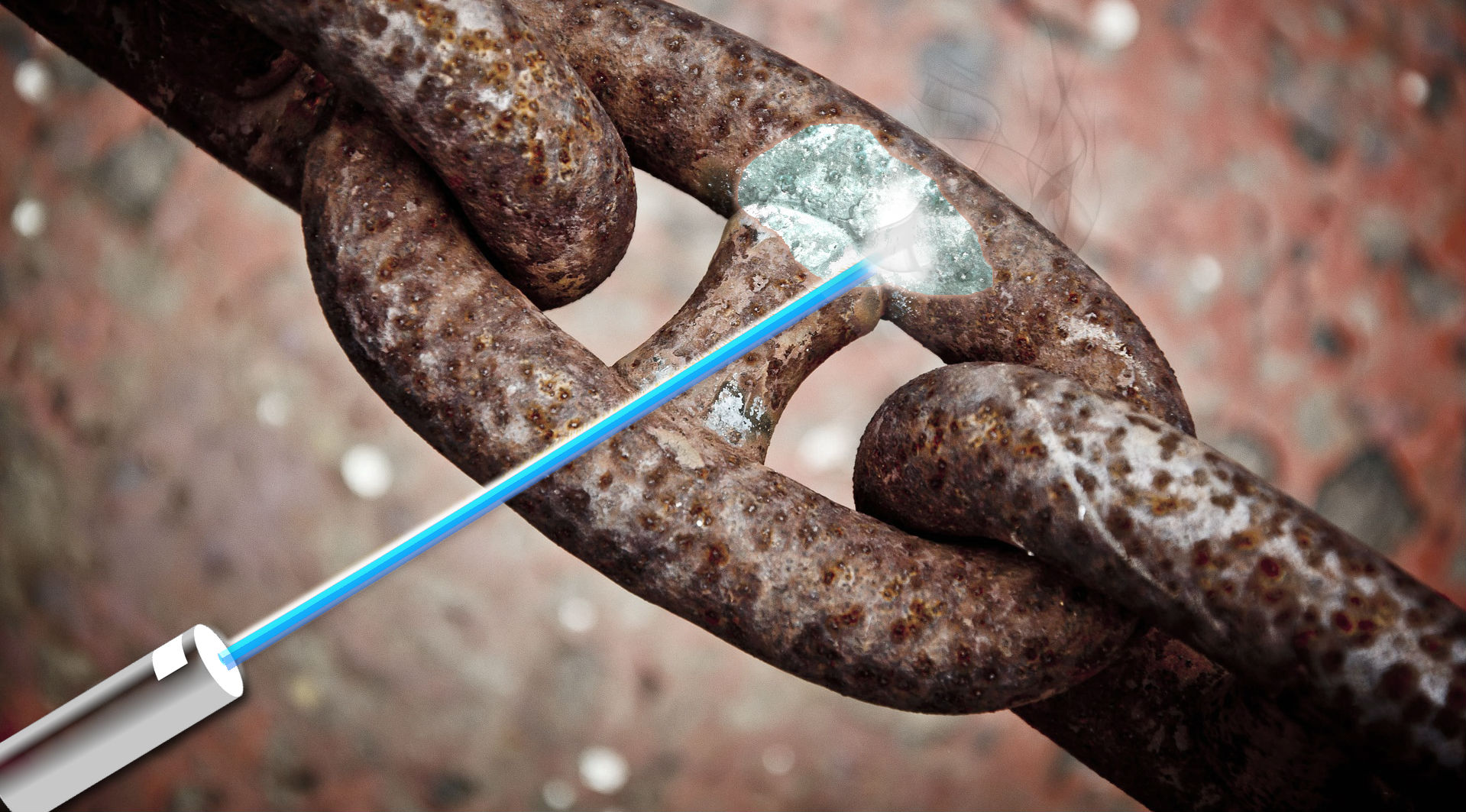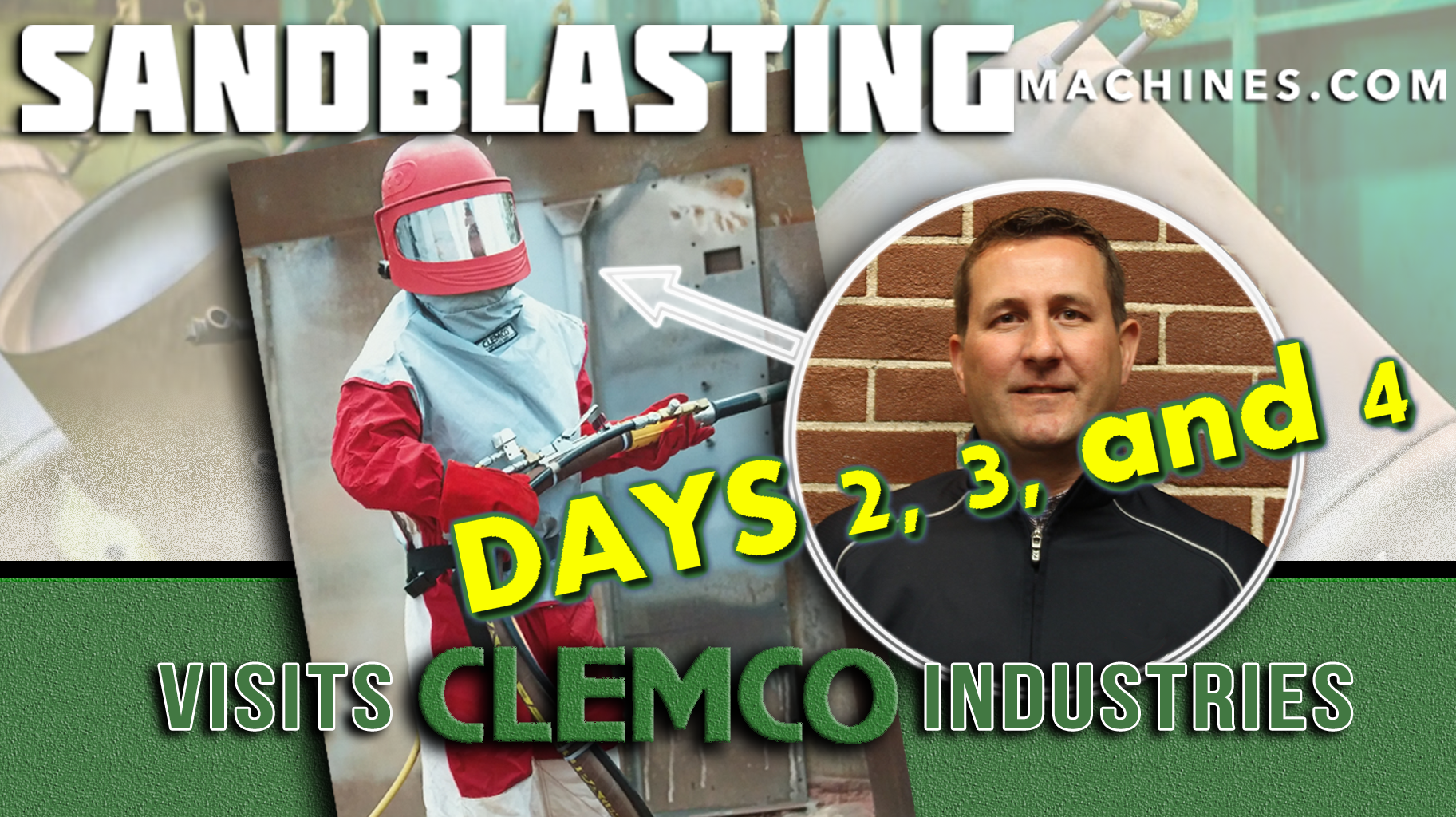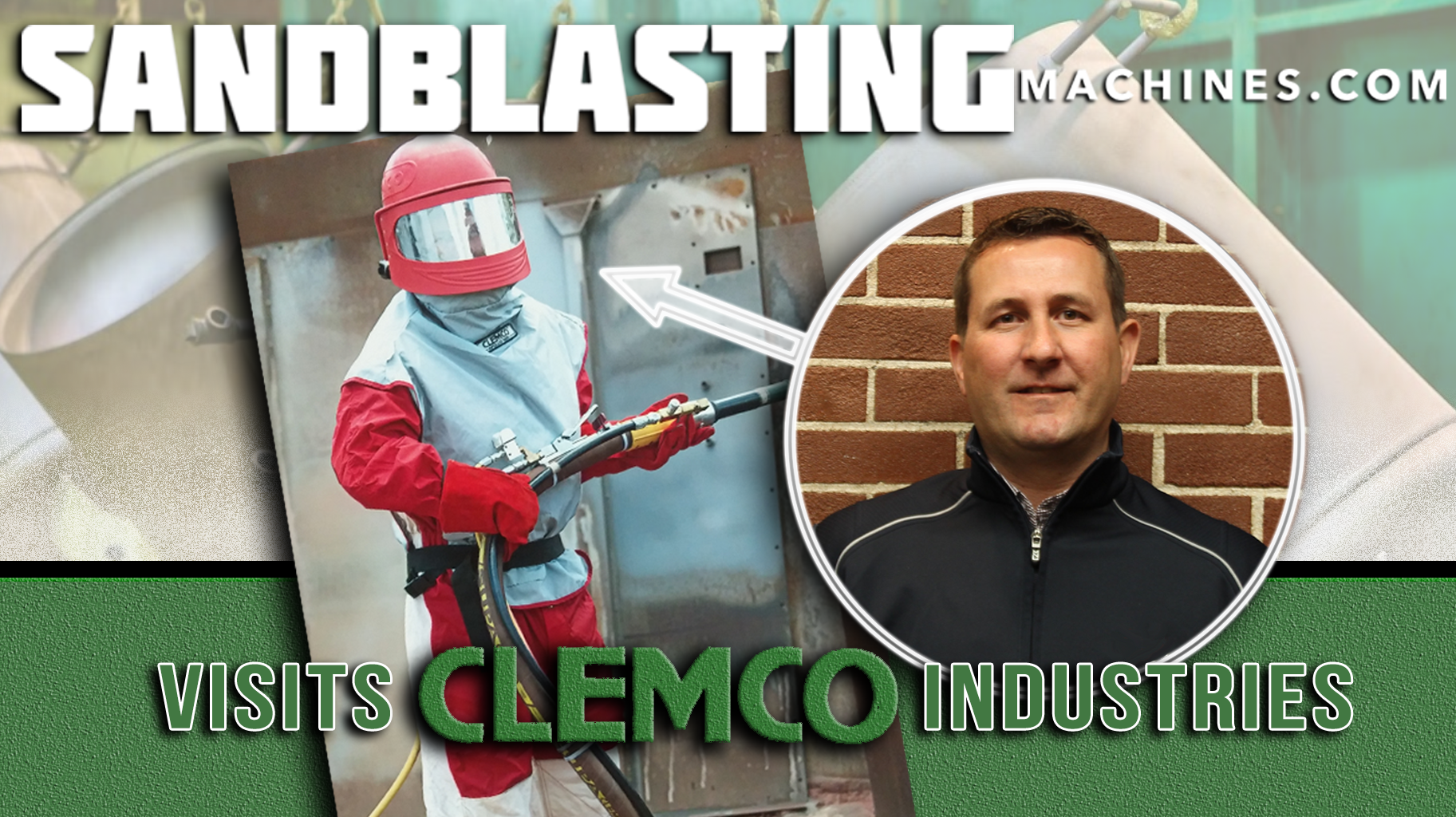What size air hose do I need to hook up my new blast pot?
As the “sandblasting expert,” a question I receive quite often is, I just received my new blast pot, but it doesn’t have the air hose to hook it up…what size air hose do I need? It’s true that when you purchase a blast pot from sandblastingmachines.com, an air hose is not supplied with your unit. However, we can certainly help assist you in selecting the correct size for your application.
Before we get ahead of ourselves here, we need to remember that a Clemco Blast Machine is a pneumatic tool–and all pneumatic tools require compressed air.
Abrasive blasting requires High Pressure (PSI) and High Volume (CFM) when it comes to air–this will require a rather large air compressor. Choosing the correct compressor is critical to your blasting operation because a machine will not function properly is there isn’t enough pressure or volume (click here for help choosing an appropriately sized air compressor).
It is not the machine that dictates the CFM and PSI required to blast, but rather the nozzle at the end of the blast hose. The following chart provides the guidelines for the relationship between Clemco blast nozzles and air consumption:

The majority of operational problems in a sandblasting set-up are due to one of two things: either insufficient air or moist air.
A quick rule of thumb for determining how much volume your compressor is putting out is 1 HP = 4 CFM. High production blasting requires a minimum 80- 150 PSI and 80 – 450 CFM.
Once you’ve determined that your air compressor is properly sized for your operation, the next step is to hook it up. This is a critical because as we all know, a chain is only as strong as its weakest link. If one component is faulty, the entire system will fail.
Maintaining Sufficient CFM & PSI
The nozzle orifice not only helps determine necessary compressor size, but it also help in determining a proper air hose. It is always recommended to use an air hose that is 1-1/2” ID or larger with unrestricted fittings. The air hose should, at minimum, be 4 times the diameter of the nozzle orifice. The reason a large air hose is recommended is to reduce pressure caused by friction: your air pressure (PSI) will actually drop due to friction created within the more restrictive, smaller ID air hose. This will, in return, create a decrease in production by 1-1/2% with every PSI of pressure loss.
To maintain proper pressure and minimize pressure loss in the air hose, you should also keep the compressor as close to the pot as possible, minimizing the length of air hose needed and thereby reducing the need for bends and curves in the line. Pressure loss can be determined in the chart below:
|
Pressure Loss in Air Hose |
||
| Hose ID | Pressure Loss | Production Loss |
| 3/4″ | 11.1 PSI | 16.60% |
| 1″ | 2.4 PSI | 3.60% |
| 1-1/4″ | 0.7 PSI | 1.00% |
| 1-1/2″ | 0.2 PSI | 0.30% |
Based on 100 PSI @ 150 CFM through 50 feet of hose |
||
Maintaining a Dry Set-Up
The second biggest issue with the supplied air to a sandblasting set-up is moisture.
Fact: hot compressed air traveling at high pressure through an air hose creates moisture. Every measure possible must be taken to remove that moisture before it reaches the blast pot: blast media and moisture do not mix and will cause blockages in your media valve. At minimum, there should be a manual drain air filter/ moisture separator installed before the inlet valve on your machine. In climates that are consistently humid, it is recommended that an air dryer or high volume coalescent air filter be installed in line before the blast pot.
To achieve and maintain a successful blasting operating, it is important to use appropriately-sized parts as necessitated by your individual machine and blasting requirements. Choosing the correct air hose is one of many important elements to productive and safe sandblasting. Other key components to keep in mind include (but are not limited to) the following:
- Air Compressor
- Large Diameter Air Hose
- Air Line Filter and or Dryers
- Nozzle Sized to maximize the capacity of the compressor
- High Nozzle Air Pressure
- Clemco Blast Machine (Capacity, Valves and Piping sized for high production)
If you have any questions in choosing the correct air hose, or any other component of your blast machine, contact us at sandblastingmachines.com and ask for John Gula.
The information contained in this article was sourced from Clemco Distributor Training Course Notes (2016).
For more information on my trip to Clemco Industries’ headquarters in Washington, Missouri, you can read about Day 1 here, and Days 2-4 here.

